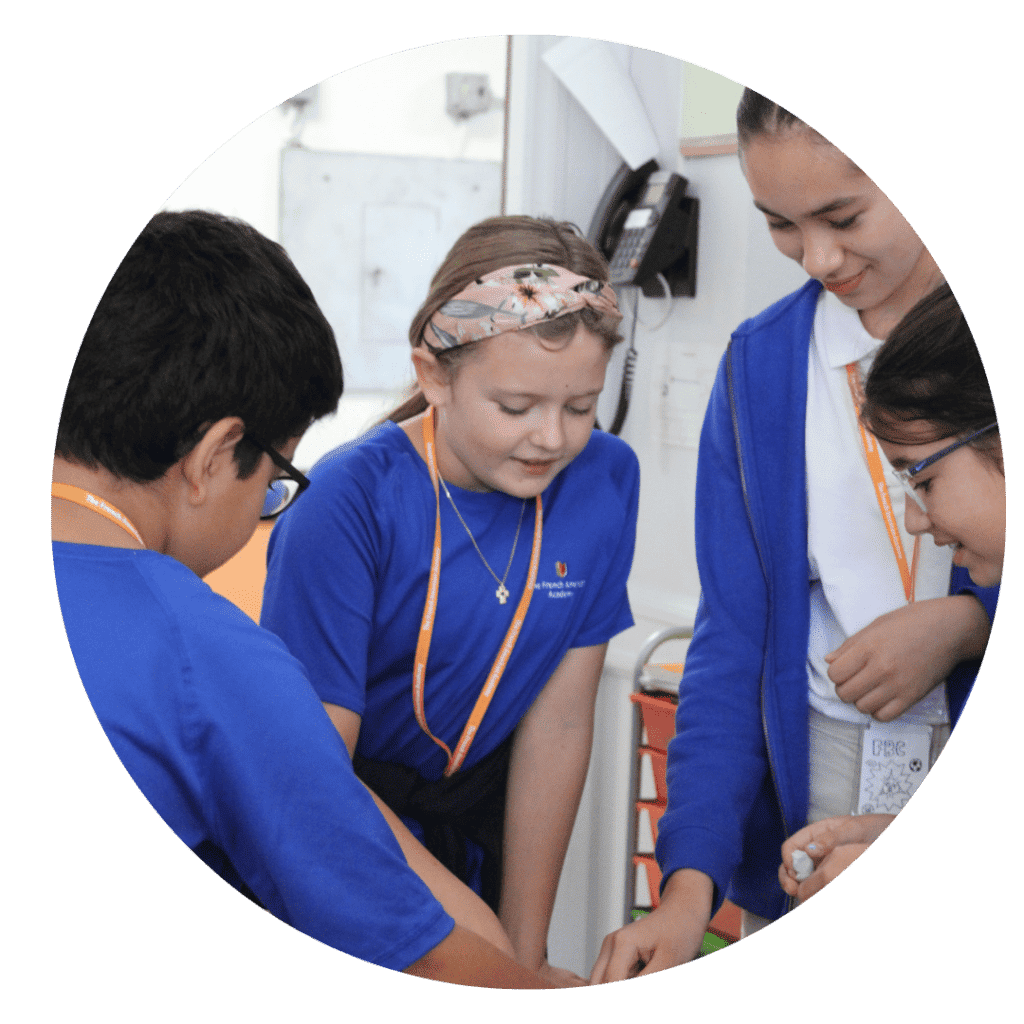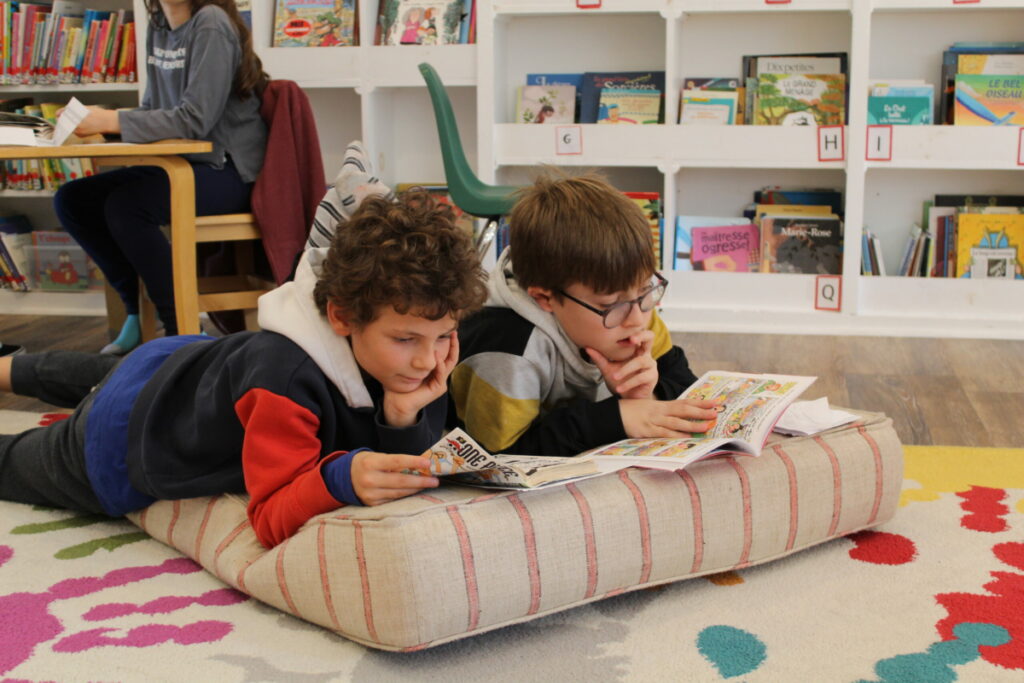On Monday, April 8, some of our students gathered outside the school to observe the sun’s eclipse.

Preparing for the Solar Eclipse
A total solar eclipse is an astronomical event that leaves a lasting impression on those lucky enough to witness it. For students, it’s not just a break from routine but an opportunity to engage with science and the natural world in a profound way.
In the days leading up to the eclipse, classrooms are filled with lively discussions about celestial mechanics and safety precautions. Teachers use this rare event as a teaching moment, explaining the science behind eclipses and the importance of protective eyewear.


Experiencing the Solar Eclipse
On the day of the eclipse, students gather with their protective glasses, eagerly awaiting the moment when the moon will completely obscure the sun. As the sky darkens and temperatures drop, excitement fills the air.
During totality, when the sun is fully covered, students are treated to a surreal sight. They see the sun’s corona, the outer atmosphere visible only during an eclipse, and experience a brief period of darkness in the middle of the day.
For many students, the eclipse is a humbling experience. It reminds them of the vastness of the universe and their place within it. It’s a moment of unity, as students and teachers alike come together to witness something awe-inspiring.


After the eclipse, students reflect on the experience, discussing what they saw and how it made them feel. Some feel a sense of wonder and curiosity, eager to learn more about astronomy. Others feel a newfound appreciation for the beauty of the natural world.
Overall, the total solar eclipse leaves a lasting impression on students, sparking their curiosity and reminding them of the universe’s wonders. It’s a reminder to look up, to wonder, and to never stop exploring the world around them.







